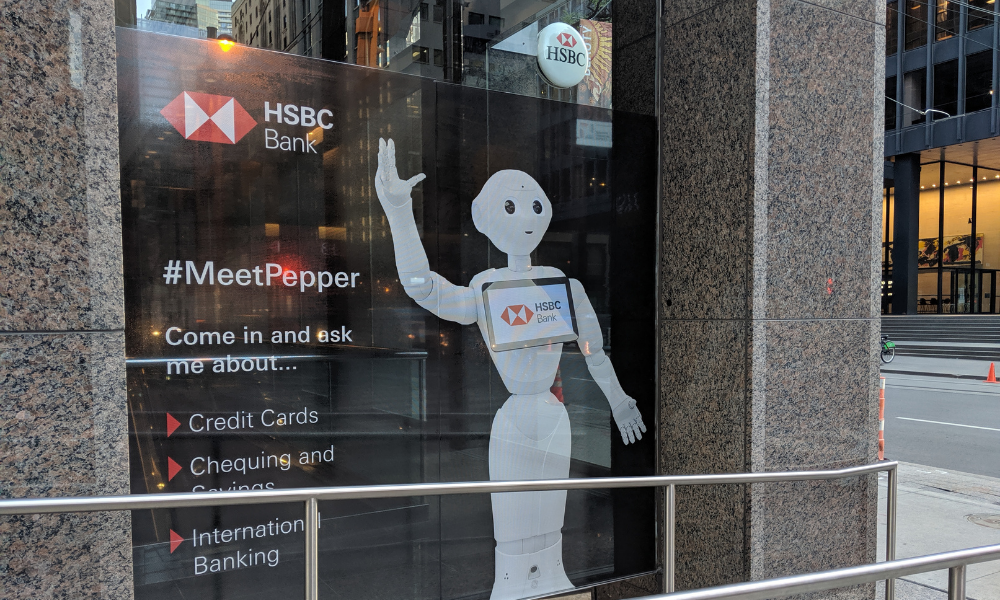‘If you apply it wrong, you can get caught in the trap of the wrong information or not enough diverse information’

When it comes to the benefits of artificial intelligence (AI), human resources is a great place to start, says one AI expert.
“From an HR perspective, AI has some brilliant capabilities [when it comes to] their processes, looking at resumés, hiring the right candidates for the organization,” says Kevin Collins, CEO at workflow automation company Charli AI in Vancouver, in talking to Canadian HR Reporter.
“The advice I would give is be careful of not removing the human too quickly from the process. There always has to be that safety net of making sure the AI is performing what they need it to… A lot of companies are using it to sift through the resumés to find the right candidates but finding the right candidates is a bit of an art and science.”
While AI has many potential applications in the workplace, there are some common misconceptions about it that must be considered, he says.
“There’s an overestimation of what AI can do and how easy it is to implement because we get caught up in the rose-coloured glasses of these new algorithms that everyone talks about. We forget about behind the scenes, the amount of training and implementation work that still needs to wrap that up to create something useful,” he says.
“We see it with self-driving cars: it’s taken a long time, even though the promotion of autopilot and self-driving cars came out several years ago, we’re still not there today.”
Benefits to automation
For those companies that are thinking of AI adoption, the benefits in terms of information retrieval are one of the most important selling points, says Collins.
“AI can automate a lot of the issues that bog employees down,” he says. “We’re making AI much more intelligent in finding that information for employees so they don’t waste the day a week hunting for content that they need to do their job.”
Using robotic AI technology is also especially useful for manufacturing processes, he says.
“You can use vision technology to look for fractures in manufacturing equipment so it makes quality assurance much better. Depending on where the company is, you can apply natural language processing, you can apply vision, you can use algorithms that streamline your everyday processes or your assembly line.”

Kevin Collins
AI can also be installed to free up workers from having to complete monotonous tasks, says Collins.
“You’re seeing more online capabilities to streamline form entries, submitting form entries and payments and invoices and expenses within the workforce. There is AI being applied to how people spend their day to give them suggestions on how to optimize what they’re working on. There’s new technologies around tracking notes. [It’s] being used for transcription services.”
Potential pitfalls to AI
For those who wish to jump into the AI pool, there are some pitfalls but the upside is worth any risks, he says.
“It really is helping [employers] improve not just their processes behind the scenes but it can actually increase their market share, which will increase the demand for new employees and growing the company.”
There are risks involved mainly because the systems are still designed by humans, says Collins.
“The dangers are the bias in AI and you see it on social media and the internet with the algorithms that are always showing you the same things and you never have that diversity in content. If you apply it wrong, you can get caught in the trap of the wrong information or not enough diverse information [and] it can guide you down some different paths or rabbit holes you don’t necessarily want to go.”
Just like with the human workforce, different perspectives must be written into AI before it truly becomes a vital part of the workforce, he says.
“The danger in that bias is that it can influence people without them knowing. And there’s more subtle dangers behind that if you’re not introducing diversity into the AI... You have to introduce diversity into the AI as well: If it’s going to be somewhat intelligent, it should have some diversity.”
The federal government recently announced a $371,000 investment in an AI organization to help fight sexual harassment in the workplace, however, some companies are scaling back adoption plans because of the pandemic, according to a recent survey.




